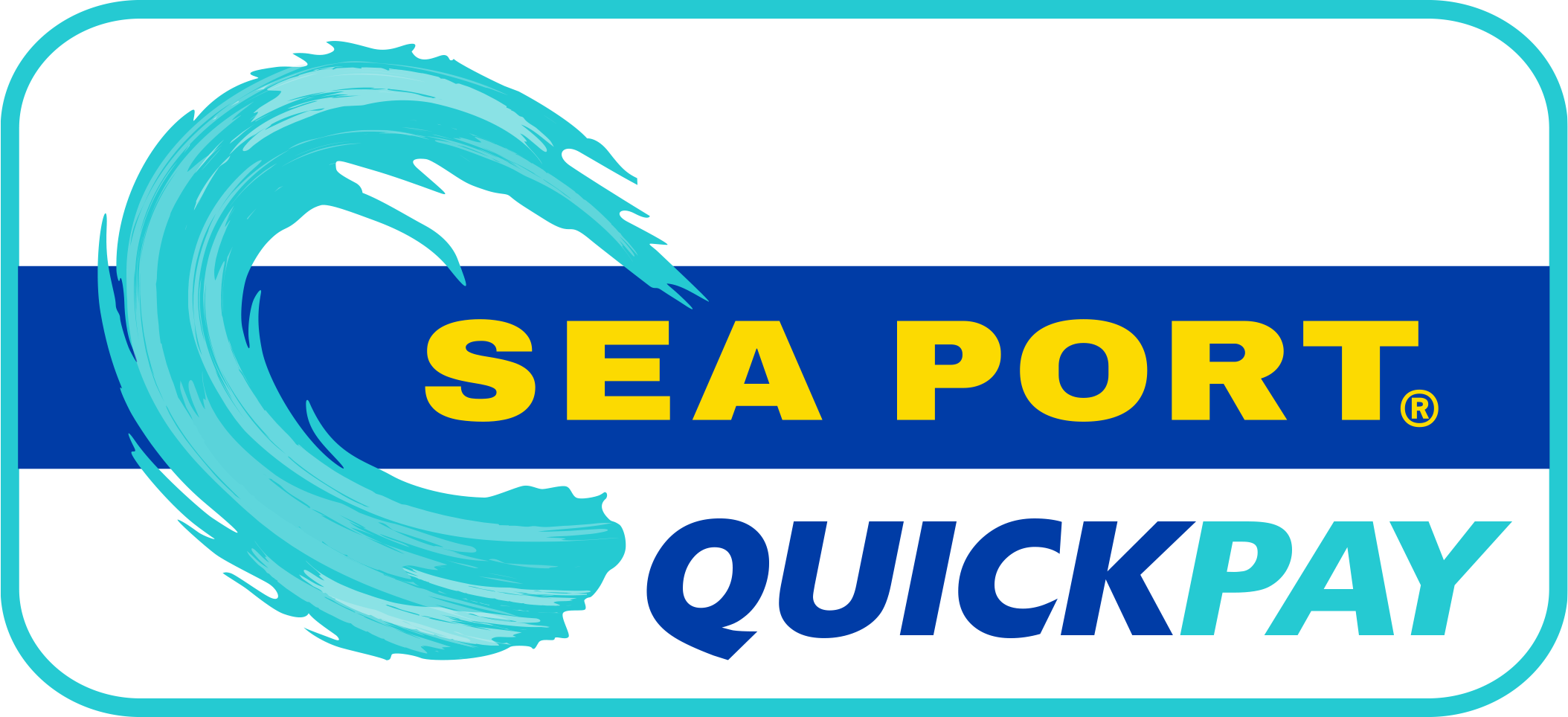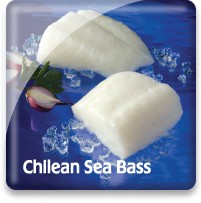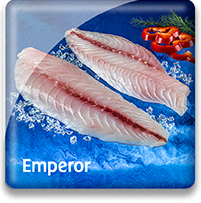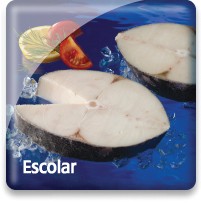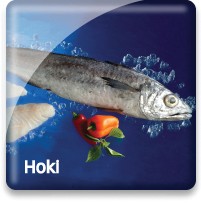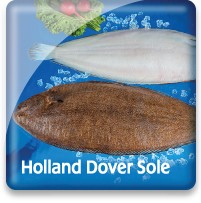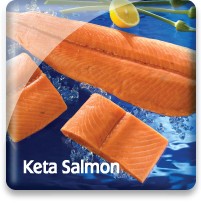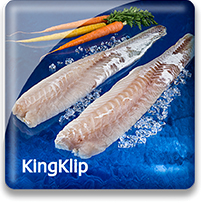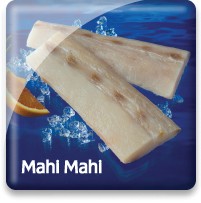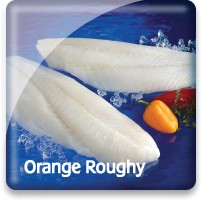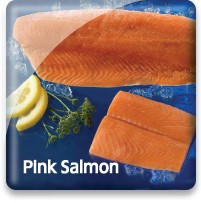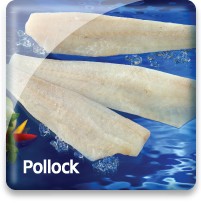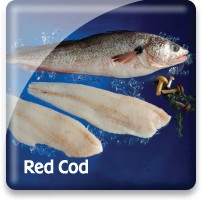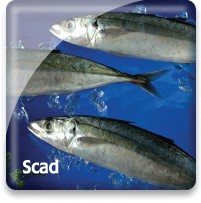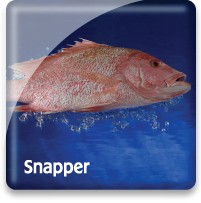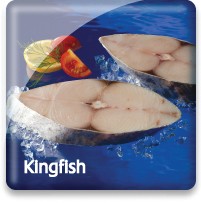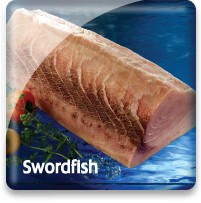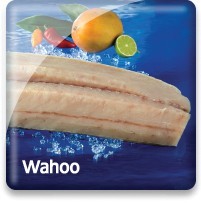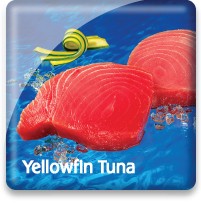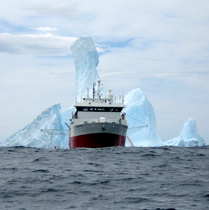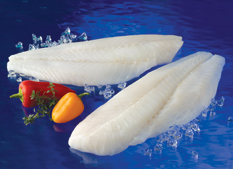
Orange Roughy

Market Name: Eating QualitiesThe firm white flesh has a delicate shellfish-like flavor. The light oil content of orange roughy allows for moisture retention while cooking.
Orange roughy are red while living, but turn orange after death.
|
Description & CharacteristicsOrange Roughy is a deep-water, slow growing, long-lived fish. The fish has a reddish body and a bluish-tinged belly, large eyes and a bony head. This fishery began in the late 1970s in New Zealand. It is believed that Orange Roughy may live to 150 years and do not breed until they are about 30 years old. Fish are caught over a ½ mile deep. The fishing season is from June to August; during the spawning season when fish congregate and it is more efficient to catch them. Harvesters use large freezer-trawlers to catch this deepwater fish. Roughy turns orange after it has been caught. Orange Roughy appeared on the U.S market in early 1980 and rapidly rose in popularity due to its boneless snow white fillets that had no fishy odor and took well to a variety of spices and flavorings. It was regarded as the perfect fish for U.S. consumers. The boneless fillets were deep skinned to remove the subcutaneous fat which consisted of indigestible waxy esters, unlike the fat of most other fish species.
Other Resources
New Zealand's Quota Management System (QMS) |
Handling Instructions for Orange Roughy
Our frozen orange roughy fillets should be stored at or below 0°F (-18°C) and then thawed properly when ready to cook. The frozen shelf life is 18 months. Links to proper seafood handling instructions: NOAA - Fish Watch: Handling Seafood and A Consumer Guide to Safe Seafood Handling.
Thawing Orange Roughy
Thawing is accomplished by placing the fillets in a sealed plastic container or bag and placing in the refrigerator (33 to 39°F) for 12-24 hours. This is our recommended thawing method for fillets. Fillets that are not consumed promptly after thawing need to be refrigerated between 33 and 39°F and totally consumed in 2-3 days.
Important Instructions for Orange Roughy
Consuming the fillets immediately after proper thawing yields the best quality.
The Federal Food, Drug and Cosmetic Act now requires that all foods that are not raw agricultural commodities and that contain a major food allergen be labeled to clearly identify the name of the food source form which the allergen is derived. (21 CFR U.S.C. 343(w)(1)). The act defines eight foods, and any ingredients derived from these foods as major food allergens: Fish, Crustacean Shellfish, Milk, Eggs, Tree Nuts, Peanuts, Wheat & Soybeans. The name of the food source that must be listed on the label for fish or crustacean shellfish must be the specific type of fish or crustacean shellfish. The market names of species of fish and crustacean shellfish should be used to identify the food source of these two major food allergens. If you intend to re-pack these seafood products, be sure the allergen is declared in either one of two ways:
1) Within the list of ingredients
or
2) In a separate “Contains” statement immediately after or adjacent to the list of ingredients.
Consult the Fish and Fishery Products Hazards and Controls Guidance, Fourth Edition, Chapter 19 for more detailed information on the labeling of food allergens.
Cooking Tips
Orange roughy fillets can be prepared using a wide variety of cooking techniques. Links to orange roughy fillet cooking tips and recipes.
New Zealand
Long associated with lamb and wool production, high rugged mountains, and spectacular scenery, New Zealand is also a major seafood exporting country. While New Zealand produces only one percent of the world’s seafood, seafood is the country’s fifth largest export—destined for markets all over the world where the country’s excellent fisheries management has earned the “New Zealand” brand high marks for environmental sustainability and high quality.
The leading seafood products exported from New Zealand include Hoki, Squid, Greenshell™ Mussels, Rock Lobster, Orange Roughy, and Abalone. Key export markets for New Zealand are Japan, the USA, Europe, Hong Kong, Australia and Asia.
Please check out Talley's Deep Sea Divison.
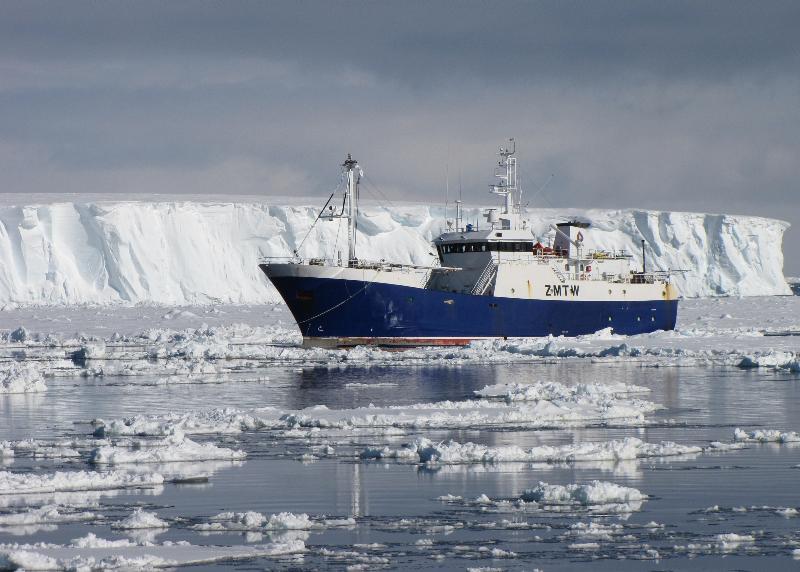
|
|
Go Blue! Seafood Sustainability Spectrum*Click here for an explanation of our Sustainability Spectrum 
Sustainability AssessmentDuring the long history of fishing for this species, biomass information about this deep-dwelling species was lacking. However, recently biomass data has been collected using sophisticated sonar and underwater video for a major portion of the fishing grounds. In addition to biomass size and distribution data, spawning behavior has been observed and tracked. Orange Roughy is an extremely slow growing, long-lived species (120-130 years) that matures at a late age (approximately 23 to 31 years in New Zealand). Individual fish likely do not spawn every year, and their reproductive capability is low. This means that Orange Roughy populations are very susceptible to overfishing and slow to rebuild once populations are depleted. Orange Roughy are also vulnerable to overfishing because they tend to gather in dense aggregations for spawning and probably for feeding. Because the fishery targets aggregations of mixed ages, immature fish are caught; this reduces the reproductive capability of the population and may accelerate stock declines. On the positive side, their tendency to aggregate results in very little bycatch. In 2013 New Zealand announced a new innovative trawling technology called "precision seafood harvesting" that may reduce both the catch of immature roughy and bycatch as it matures as a fishing technique going forward.
Environmental Impact: Medium to Medium HighBiological factors make this fish extremely susceptible to overfishing. Strong management measures are in place and great strides have been made gathering data for implementing effective management measures.
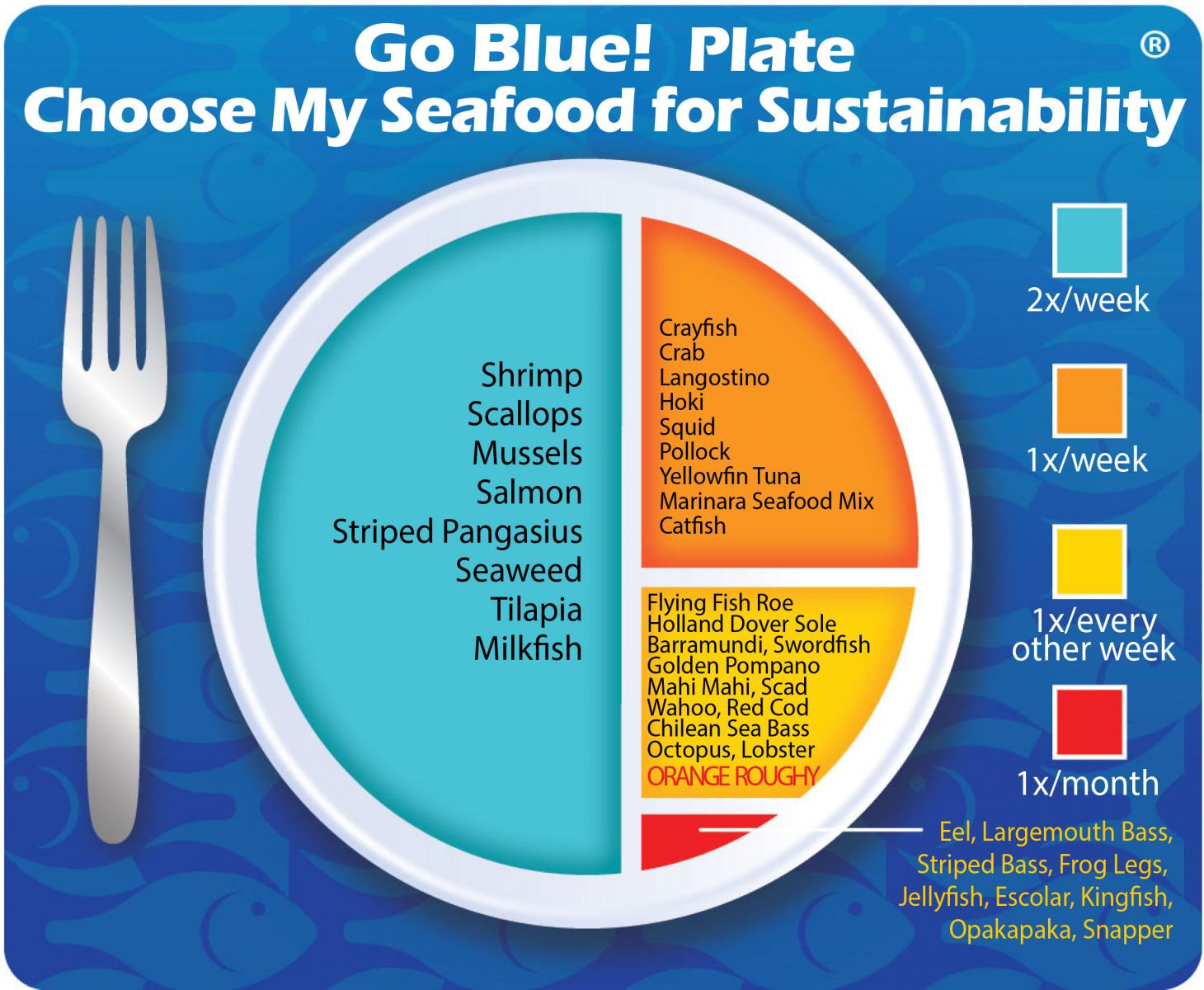
Actions that Sea Port is UndertakingSea Port is currently importing Orange roughy and supports all the efforts by New Zealand fishery biologists. Sea Port believes that Orange Roughy will soon be managed more sustainably based on the rapid expansion of the science concerning its lifecycle and place in the marine ecosystem. Sea Port also believes that, in aggregate, choosing from a diverse variety of seafood is better for sustaining the world’s seafood resources and Orange Roughy should be a part of this variety. We created the sustainability assessments for each of our seafood items in order to reveal the existing and potential environmental impacts and risks that are associated with producing them for human consumption. This allowed us to establish the starting position for each of our seafood items along our progressive Go Blue! Seafood Sustainability Spectrum®. These assessments are only a single snapshot in time and because of this, we will continue to assess and update the critical sustainability needs associated with our supply sources and issue updates to the Go Blue! Seafood Sustainability Spectrum® as needed. There is a growing global awareness for the need to assure the sustainability of farmed and wild caught seafood and because of this; all around the world positive changes are rapidly occurring at all levels of the seafood supply chain. We will continue to spread this growing awareness and work with our many industry partners to improve the sustainability of all seafood, which we believe is the ideal protein of choice to feed an ever growing world population. Our Go Blue! Seafood Sustainability Spectrum® serves as our compass and yardstick as we strive to move all our products forward to becoming more sustainable. Please join us in this committed quest and Catch Our Wave® to sustainability by choosing a diverse variety of responsibly produced seafood as part of your diet. New Zealand’s Sustainable Fisheries: Orange Roughy DeepWater Group | Sustainable Oceans - Sustainable Fisheries A Statement on NZ Quota Management System
|

